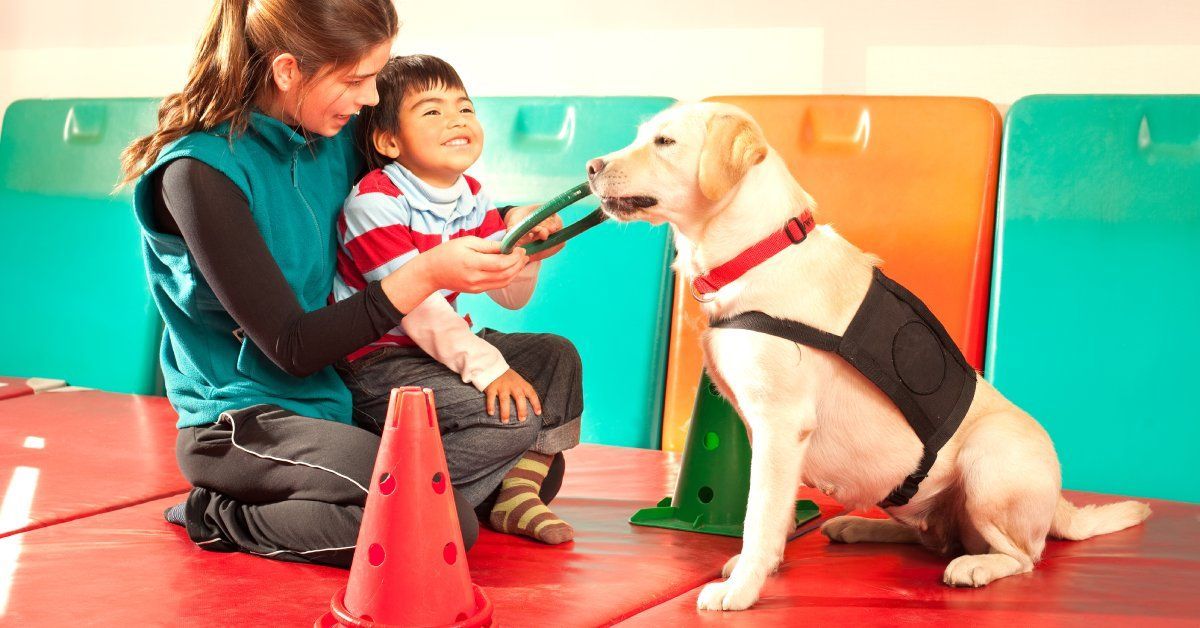A Comprehensive Overview of the Autism Spectrum
Understanding autism spectrum disorder (ASD) plays a crucial role in building empathy and inclusivity within our communities. As a complex neurodevelopmental condition, autism calls for thoughtful consideration and an informed approach to support those on the spectrum truly. By diving into this topic, we can all learn how to be better allies and create environments where everyone feels valued and understood.
Let's explore practical strategies and insights that offer a comprehensive overview of the autism spectrum, transforming how we interact with and support individuals living with autism, thus enhancing their experiences and opportunities in the world around them.
Understanding the Spectrum
The autism spectrum represents a range of developmental conditions characterized by unique social interaction, communication, and behavior challenges. Each child with autism experiences their own set of strengths and challenges. This spectrum is not a one-size-fits-all label but a diverse array of experiences that require personalized understanding and support.
Individual differences can vary greatly, making acknowledging each child's uniqueness crucial. Some children might encounter communication challenges, while others may thrive in mathematics, art, or music. As such, we must identify and nurture these strengths while providing support in areas where they need assistance.

Signs and Early Detection
Recognizing the early signs of autism is crucial for timely intervention. Parents and caregivers should monitor developmental milestones and be aware of any deviations. Early detection can greatly influence a child's progress.
Pediatricians and healthcare providers are vital in screening for these signs during routine check-ups. If concerns are raised, a formal evaluation by specialists can offer clarity and guidance. This early support can improve outcomes and help children develop essential skills for their future.
Common signs to watch for include:
- Delayed speech
- Limited eye contact
- Repetitive movements or behaviors
- Difficulty with understanding social cues
- Intense focus on specific interests or topics
- Sensitivity to sensory inputs such as sounds, lights, or textures
- Preference for solitary play over interacting with peers
Importance of Early Intervention
Early intervention can profoundly affect children on the autism spectrum. Customized therapies and educational programs enhance social skills, communication, and overall development.
A multidisciplinary approach involving speech and occupational therapists and behavioral analysts ensures a comprehensive strategy. Family involvement is vital, as active participation by parents and caregivers reinforces skills, offers consistent support, and boosts the intervention's efficacy.
The Role of Educators
Educators play a vital role in supporting children on the autism spectrum. They provide an inclusive environment where these children can learn alongside their peers. Teachers trained in special education techniques can adapt lessons to accommodate different learning styles.
Creating a supportive classroom involves clear communication, structured routines, and visual aids. These strategies help children with autism understand expectations and reduce anxiety, allowing them to focus on learning.
Collaboration between parents and educators is essential for a successful educational experience. Regular communication ensures that everyone is on the same page and can promptly address any challenges.

The Power of Community
Autism spectrum disorder (ASD) impacts individuals, families, and communities. A collective effort is crucial to create environments where those with autism can thrive. Supportive communities significantly improve the daily lives of those on the spectrum and their families. This requires awareness, education, and advocacy. By fostering empathy and promoting inclusivity, we can celebrate diversity and maximize opportunities for all.
Here are a few ways the community can help children with autism:
- Provide inclusive recreational activities
- Organize support groups for families
- Offer autism awareness workshops
- Facilitate social skills programs
- Create mentorship opportunities with trained professionals
Family Dynamics and Support
Having a child on the autism spectrum can influence family dynamics in various ways. Families need to find balance and support each other through the challenges they face. Open communication and understanding are key components of a healthy family dynamic.
Seeking support from extended family, friends, and professionals can alleviate stress and provide fresh perspectives. Counseling services and support groups tailored to families can offer a space to share feelings and learn coping strategies.
Prioritizing self-care for all family members can prevent burnout and ensure that everyone is equipped to provide the best support for the child with autism.
Recognizing Strengths
While the autism spectrum presents unique challenges, it also brings strengths that deserve to be recognized and celebrated. Children with autism often have exceptional talents that can be nurtured. Focusing on these strengths builds confidence and motivates them to explore interests.
Whether excelling in academics or art, celebrating achievements empowers children to reach their potential. Encouraging a growth mindset and celebrating small victories significantly boosts self-esteem and paves the way for future successes.
Strategies for Daily Life
Incorporating effective strategies into daily life can significantly enhance the quality of life for children on the autism spectrum and their families. By implementing practical approaches, families can create supportive environments that promote development, inclusion, and independence. As we explore these strategies, consider each child's individual needs and tailor these practices accordingly.
Below are a few helpful strategies:
- Establish consistent routines
- Use visual schedules and social stories
- Break tasks into manageable steps
- Stay patient and adaptable
- Experiment with different approaches
Promoting Inclusion
Inclusion is crucial for supporting children on the autism spectrum. Promoting understanding and acceptance in schools, communities, and social settings helps them feel valued. Educating peers about autism fosters empathy and reduces stigma while encouraging interactions among all children enhances social skills. Advocacy and awareness campaigns can drive positive change, paving the way for a world where children with autism can thrive alongside their peers.
Understanding the autism spectrum is crucial for creating a more inclusive and supportive world for children with autism and their families. By recognizing each child's unique strengths and challenges, we can tailor interventions and support systems that promote their growth and well-being.
Partnering with specialized centers can provide valuable resources and expertise for families seeking additional guidance. Consider contacting us at HANDS Center, an autism therapy center in North Carolina, to learn more about tailored support for your child's needs. Remember, every step taken towards understanding and supporting children with autism is a step towards a brighter future.

919-745-8892
FAX: 919-887-7057
INFO@HANDSCENTER.COM
210 TALS ROCK WAY, SUITE #3
CARY, NC 27519
PRIVACY POLICY
SITE BY: RIGHT BRANE DESIGN
We use cookies to ensure that we give you the best experience on our website. To learn more, visit our Privacy Page.






